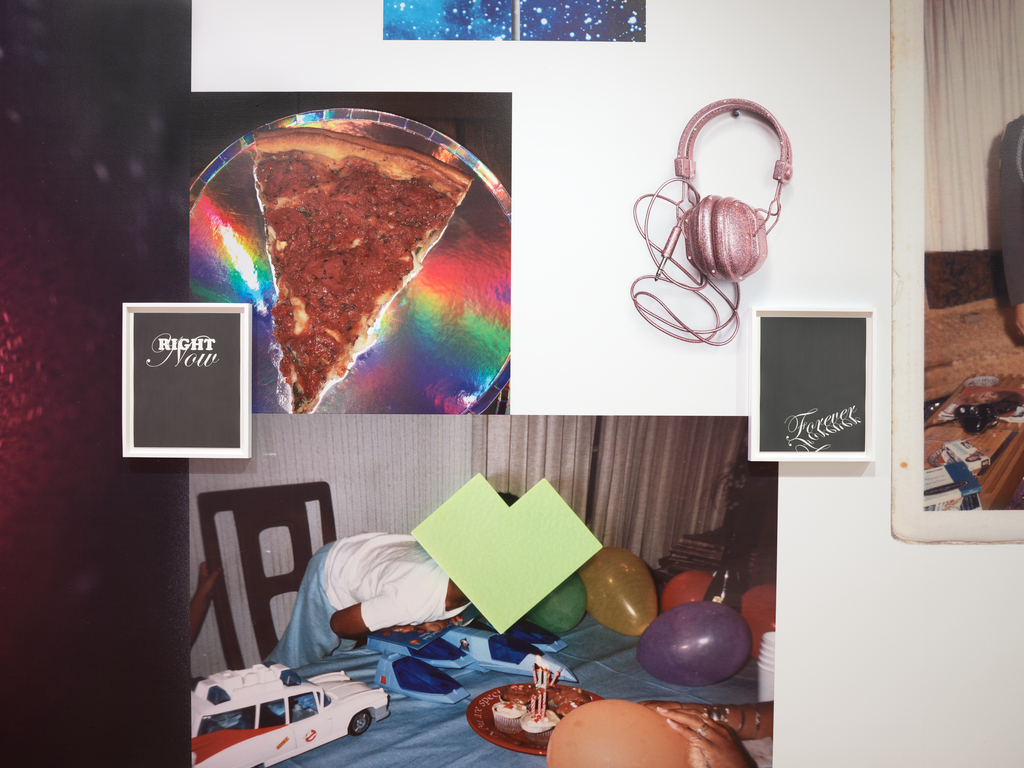10–11 a.m.
Introductions & Keynote: Sadie Barnette
SPACE/TIME: Making Art on a Rock Flying Through Space
11:10 a.m.–12:30 p.m.
Panel I: Transitory Objects
Christina Hiromi Hobbs, Stanford University, Art History
Spectral Inheritance, Transparency, and Touch: Kay Sekimachi’s Nylon Monofilament Hangings
Eric Mazariegos, Columbia University, Art History
Circuitous Visualities: Ecological, Phenomenological, and Iconographic Considerations of the Unsolid States of Tairona Art and Architecture
Keoni Correa, UC Berkeley, Rhetoric
Can the Subaltern Make Contemporary Art? Native, Folk, and Traditional Art in the Age of the Global Contemporary
Sebastián Eduardo Dávila, Leuphana University, Cultures of Critique
The Challenges of Xibalbá. Contemporary Art Practices between Chixot (Guatemala) and the Underworld of Art
12:30–1:30 p.m.
Lunch Break
1:40–2:40 p.m.
Panel II: Photography
Susanna Collinson, UC Santa Cruz, Visual Studies
Towards a Photography of Place in Aotearoa New Zealand
Joanna Szupinska, UCLA, Art History
Zofia Rydet and the “Close Other”
Sophie Lynch, University of Chicago, Cinema and Media Studies
The Blur of Twilight Labor: Sabelo Mlangeni’s Invisible Women Series
2:40–3 p.m.
Coffee Break
3–4 p.m.
Panel III: Spatial Media
Kelsey Chen, Stanford University, Modern Thought and Literature
Things Adrift: Trinh Mai’s Bone of My Bone as Feminist Refuge-Making Craft
Zina Wang, UC Berkeley, Rhetoric
Hydroelectric Atlantis: Media against Mediation
Kara Plaxa, Princeton University, History and Theory of Architecture
Othering Worlds: Leatherspace, Dyke Community, and the American Small City
4–4:50 p.m.
Keynote: Jennifer A. González
UC Santa Cruz, Professor of History of Art and Visual Culture
Silent Speech, Migratory Gesture
4:50–5 p.m.
Closing remarks
